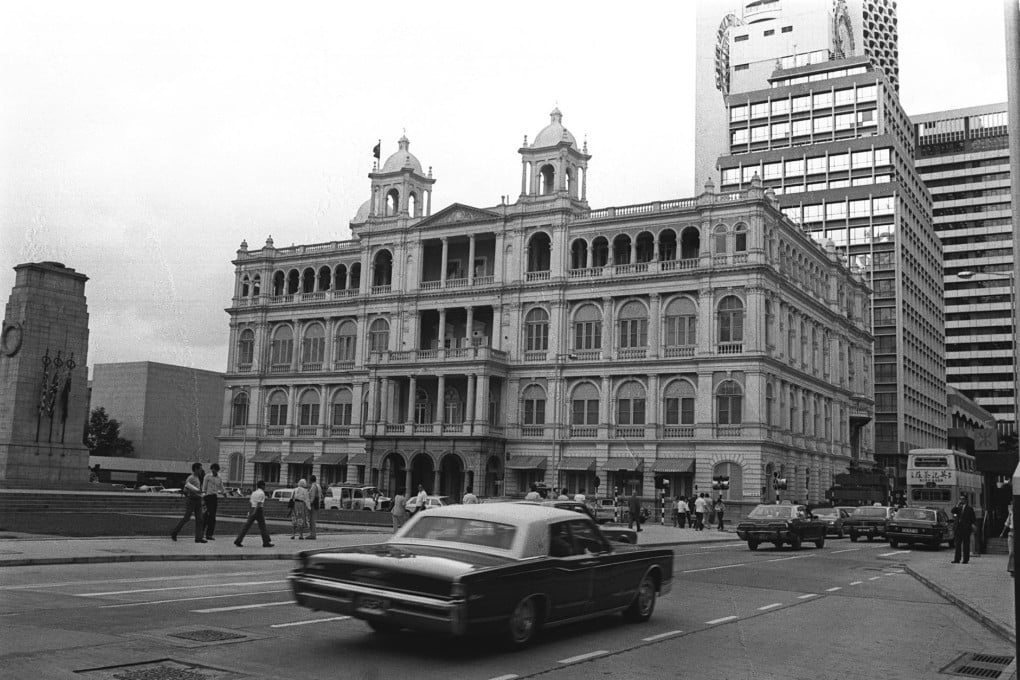Clubland
A club membership can prove useful but it comes at a cost - and a wait, writes Kate Whitehead

Membership to a private Hong Kong club is a symbol of success, a sign that you've made it. And, of course, the more prestigious the club, the more face you get.
Membership doesn't come easy. As with trying to secure a place in one of the city's top schools, landing a club membership requires more than just money. More often than not it's about who you know - and being patient. Some club waiting lists are more than 10 years and others have simply closed their list, but there are still some with vacancies and if you are seriously sporty you might just land yourself a very nice deal.
The tradition of private clubs dates back to the early colonial days. The first was The Hong Kong Club. Founded in 1846, it sought to imitate the gentlemen's clubs in London's Piccadilly and St James's. This was where the city's movers and shakers hung out. It still is, although some of the more archaic ways have changed.
There was never a hard and fast rule to ensure membership was exclusively white, but the practice of blackballing anyone who was deemed "not one of us", meant that there were few Chinese members until the 1980s. And it wasn't until 1996, when the Sex Discrimination Ordinance came into force, that the club opened its doors to women.
The Hong Kong Club was far from being the only club for "whites" - several didn't admit non-Europeans until the early 1970s. Knowing he'd never be accepted to The Hong Kong Club, Robert Ho Tung co-founded The Chinese Club in 1897. And the Chinese Recreation Club was inaugurated in 1912 as a parallel to the exclusively European Hong Kong Cricket Club.
A club membership can be many things: a place to meet and entertain clients; somewhere to play sports, workout and unwind; a place to enjoy family time and a bolthole for the kids - sometimes all three.